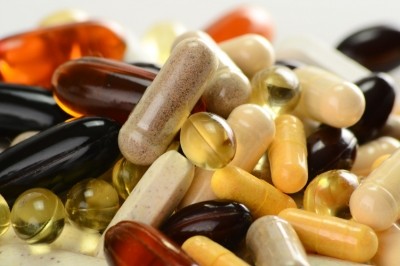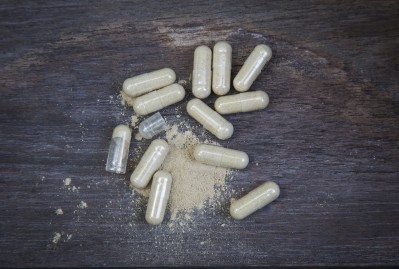From nanotechnology to master files, 5 things to think about from FDA's new NDI draft guidance

Haven’t read the latest NDI draft guidance? You’re not the only one. President of the United Natural Products Alliance Loren Israelsen and his team did the hard work and simmered down the biggest changes into a handful of bullet points, presented at the Rocky Mountain Dietary Supplement Forum in Boulder, CO, last week.
UNPA also prepared a thorough package containing slides and audio files from the NDI Guidance II & Substances Generally Recognized as Safe Workshop in Salt Lake City, which took place the first week of September. The package is available for sale HERE.
Here’s a list of five of the FDA’s biggest reinterpretations in the NDI draft guidance from UNPA’s NDI Guidance: Did You Know? series Israelsen presented at the forum:
1. Combination NDIs
The revised guidance, if it remains unchanged before the Oct. 11 comment period deadline, will require a combination of two NDI ingredients its own separate, third NDI notification. “This is the perpetual NDI spawning machine,” Israelsen opined at the Rocky Mountain Dietary Supplement Forum, adding that the costs for the industry to do this would be “astronomical.”
He argued that instead, the FDA should make a list of high-risk things the supplement industry should be cautious of. “If you want to put peppermint and ginkgo together, do I think that requires this? Absolutely not,” he added.
2. Nanotechnology
Molecules created using nanotechnology (molecules with a 1 nm to 100 nm particle size) are small enough that they can pass through the GI system and into the bloodstream. Israelsen said that the concern is “what happens when these tiny molecules move that deeply into the body—tissues, the brain, and so on.”
FDA’s concerns about nanotechnology were expressed in a guidance from 2014, and these have been pulled into this most recent one, but it was not yet mentioned in the earlier draft from 2011. “A lot of things changed from that 2011 to 2016.The industry has to stop and think about, ‘where did that come from, why did they do that?’” Israelsen said.
UNPA attempted to quantify how many dietary supplement products out there have nanotechnology and found that there were hundreds, mostly colloidal silver, but others are slowly emerging. As nanotechnology slowly becomes a ubiquitous part of product development (not just supplements—pharmaceuticals, textiles, mechanics), Israelsen pressed: “It will be wise for us to really think about nanotech as a go-forward issue.”
3. Master Files
The concept of master files—a dossier containing detailed, critical, and confidential ingredient safety and manufacturing data—is used in pharmaceutical regulation and approval as well as drug development, and the new NDI draft guidance is proposing this for supplement ingredients as well.
“The issue is ‘who do I give my data to so FDA can look at it, but my competitor couldn’t look at it,’” Israelsen said. A vocal proponent of master files during the comment period was Herbalife. “I remembered during the conference calls discussing master files and I thought ‘well, that’s new to me, how would that work?’ We don’t know yet, but the idea is actually something interesting to look at.”
The biggest questions the industry should think about is the issue of fairness and privacy (i.e. avoiding plagiarism of product development), as well as where these master files will be kept and by whom.
4. Supercritical CO2 extraction
“Very nice technology. It’s new, according to FDA,” is all Israelsen said about this during his presentation. Supplement industry proponents of supercritical CO2 extraction have already voiced their dismay that FDA singled this process out, considering that it has been used in not only the dietary supplements but the food industry (for beer and coffee) for a long time.
In the FDA’s newest draft guidance, “supercritical fluid extraction was not commonly used prior to 1994, and there is no evidence of extracts like this having been marketed as food prior to 1994.”
“This focus on the letter of the law, that this technique is new, sidesteps whether it chemically alters the extract in a significant way and whether that means as a consequence that the safety profile of an Old Dietary Ingredient is now different enough that new safety information is required,” we reported in a previous article.
5. Synthetic Botanicals
According to FDA, a synthetic version of a botanical “cannot be a dietary ingredient because it did not come from a plant,” Israelsen said.
“Resveratrol, 5-HTP, L-theanine, astaxanthin, curcumin, it’s a long list of things that are really important to the industry,” he added. Some of these synthetic botanicals, such as vinpocetine, have been studied as a drug prior to the DSHEA grandfathering date, so despite five different acknowledged NDIs for vinpocetine in 1997 and 1998, “those five are now apparently invalid under FDA’s current thinking.”











